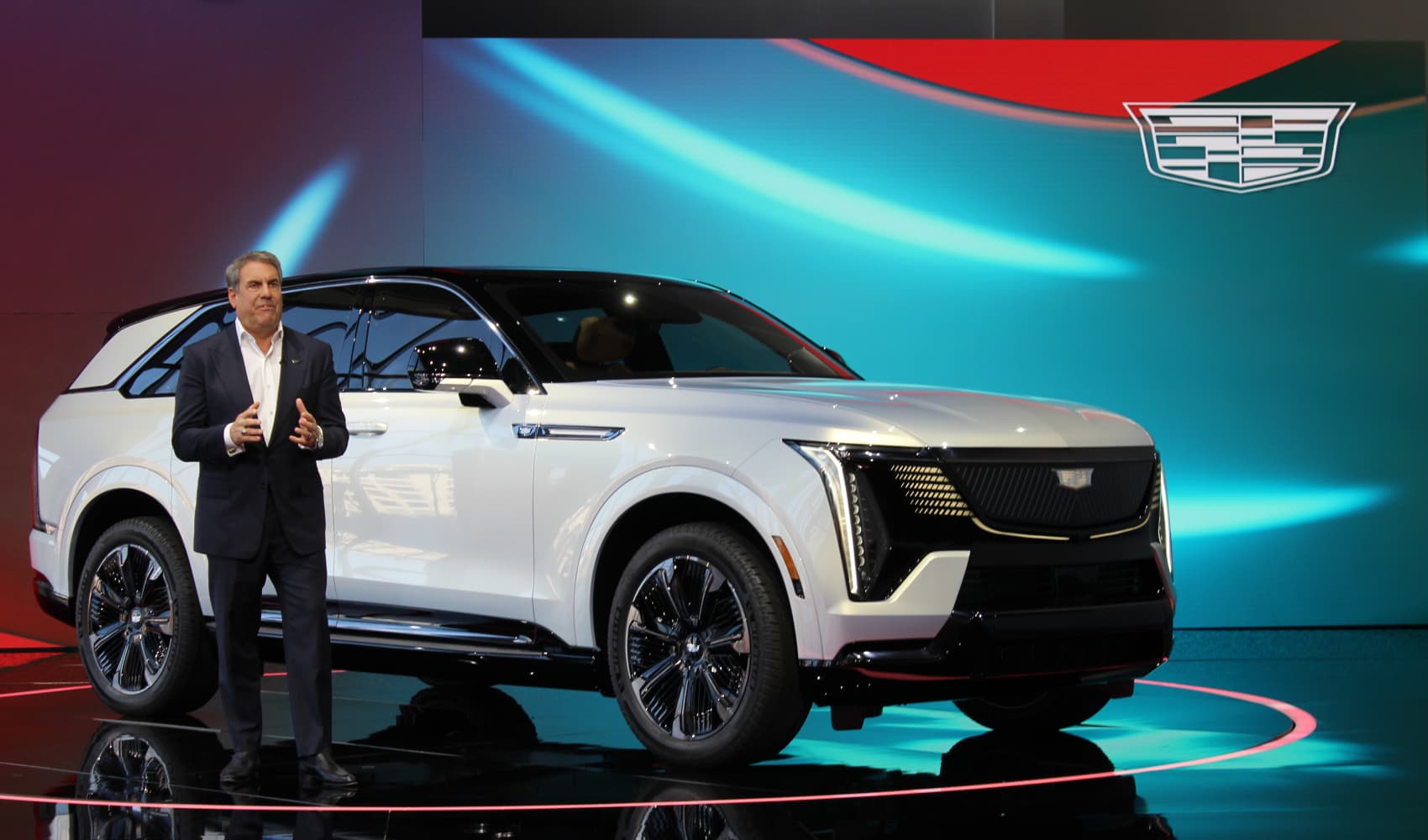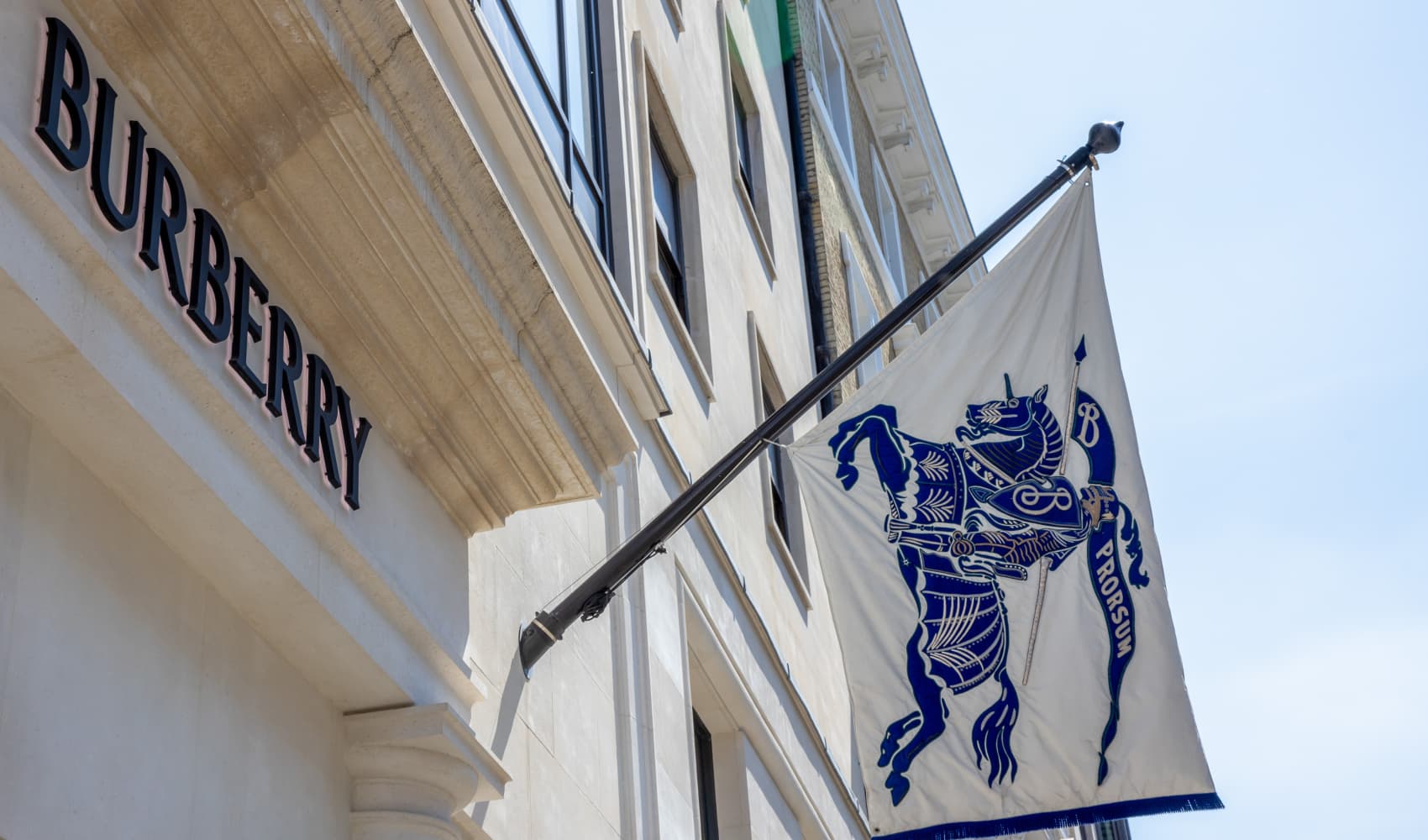Cadillac's Comeback: Inside the Luxury Car Brand Revival
Cadillac's Comeback: A Decade-Long Journey to Luxury Supremacy
Introduction: The Quest to Reclaim the Throne
Cadillac. Just the name conjures images of chrome, fins, and unparalleled American luxury. But somewhere along the way, the "Standard of the World" faltered. Now, General Motors is locked in a decade-long battle to revive Cadillac, not just as a luxury brand, but as the quintessential American luxury car brand. It's a fight for prestige, profits, and a piece of a market where the margins are as luxurious as the vehicles themselves. Think of it like a phoenix rising from the ashes, only this phoenix has to compete with German engineering, Japanese reliability, and British heritage. Can Cadillac pull it off? Let's dive in and explore.
The High-Stakes Game of Luxury Cars
Why is GM so invested in Cadillac's revival? The answer is simple: money. Luxury vehicles command significantly higher profit margins than mainstream cars. They attract a wealthier clientele who are less price-sensitive and more willing to splurge on features, technology, and prestige. It's like selling gourmet coffee versus instant – the beans might be similar, but the experience (and the price tag) are worlds apart. Plus, a strong luxury brand elevates the entire GM portfolio, boosting its overall image and desirability.
The Cadillac Challenge: A Crowded and Competitive Field
Cadillac isn't alone in the luxury car arena. It's facing off against established giants like Mercedes-Benz, BMW, Audi, Lexus, and even up-and-comers like Genesis and Tesla. These brands have spent decades cultivating their reputations for quality, performance, and innovation. Cadillac needs to not only catch up but also carve out its own unique identity in this crowded marketplace. It's like trying to become a rock star in a world already filled with legends – you need something truly special to stand out.
A Portfolio Overhaul: Redesigning the Cadillac Lineup
One of the first steps in Cadillac's revival has been a complete portfolio overhaul. This involves retiring older models, introducing new vehicles, and redesigning existing ones to meet modern consumer demands and technological advancements. Think sharper designs, powerful engines, and cutting-edge technology, from advanced driver-assistance systems to seamless infotainment experiences. Is it enough to regain market share? Time will tell, but the new Cadillac lineup is certainly turning heads.
Escalade: The Icon Reimagined
The Escalade remains Cadillac's flagship SUV, and the latest generation is a testament to the brand's commitment to luxury and innovation. Featuring a massive curved OLED screen, Super Cruise driver-assistance technology, and a bold new design, the Escalade is a statement piece that competes directly with the Range Rover and Mercedes-Benz GLS. It's like the king of the castle getting a complete renovation – bigger, better, and more impressive than ever.
Lyriq: Electrifying the Future
The Cadillac Lyriq is a fully electric SUV that represents the brand's foray into the electric vehicle market. With its sleek design, advanced technology, and impressive range, the Lyriq aims to compete with the Tesla Model Y and other electric SUVs. It symbolizes a new era for Cadillac, one where sustainability and luxury go hand in hand. Think of it as Cadillac embracing the future, powered by electrons instead of gasoline.
Celestiq: The Ultra-Luxury Flagship
The Cadillac Celestiq is an ultra-luxury electric sedan that takes the brand's commitment to opulence to a whole new level. Hand-built and highly customizable, the Celestiq features advanced technology, luxurious materials, and a stunning design. It's positioned to compete with the Rolls-Royce Spectre and other ultra-luxury electric vehicles. This is Cadillac flexing its muscles and saying, "We can play in the big leagues, too."
Boosting Status: Beyond the Metal and Chrome
Reviving Cadillac isn't just about building great cars; it's about elevating the brand's status and perception. This involves investing in marketing, brand partnerships, and customer experiences that resonate with affluent buyers. Think exclusive events, personalized services, and a brand image that exudes sophistication and success. It's like creating a lifestyle around the Cadillac brand, not just selling a car.
Marketing and Brand Messaging: Telling a New Story
Cadillac's marketing efforts are focused on telling a new story, one that highlights the brand's heritage, innovation, and commitment to luxury. Campaigns showcase the vehicles' design, technology, and performance, while also emphasizing the Cadillac lifestyle. It's about creating an emotional connection with potential buyers and positioning Cadillac as a desirable and aspirational brand.
Customer Experience: Creating a Personal Connection
Cadillac is also investing in improving the customer experience, from the showroom floor to after-sales service. This includes providing personalized attention, offering exclusive amenities, and creating a seamless ownership experience. The goal is to build long-term relationships with customers and foster brand loyalty. Think of it as treating every customer like royalty, ensuring they feel valued and appreciated.
The Technology Edge: Super Cruise and Beyond
One of Cadillac's key differentiators is its advanced technology, particularly the Super Cruise driver-assistance system. Super Cruise allows for hands-free driving on select highways, providing a level of convenience and comfort that is unmatched by many competitors. This technology, along with other advanced features, positions Cadillac as a leader in automotive innovation. It's like having a personal chauffeur, only it's your car doing the driving (on the right roads, of course).
The Design Philosophy: Balancing Heritage and Modernity
Cadillac's design philosophy aims to strike a balance between its iconic heritage and modern design trends. The goal is to create vehicles that are instantly recognizable as Cadillacs, while also incorporating contemporary styling cues and aerodynamic efficiency. This delicate balance is crucial for attracting both loyal Cadillac enthusiasts and new customers who appreciate modern design. It's like taking a classic painting and giving it a modern twist – preserving the essence while updating it for a new generation.
Navigating Manufacturing Complexities and Supply Chain Challenges
The automotive industry has been facing significant challenges in recent years, including supply chain disruptions and manufacturing complexities. Cadillac, like other automakers, has had to navigate these challenges to ensure that production can meet demand. This involves working closely with suppliers, optimizing manufacturing processes, and adapting to changing market conditions. It's like playing a high-stakes game of chess, where every move needs to be carefully calculated to avoid disruption.
The Global Ambition: Expanding Beyond North America
While North America remains Cadillac's primary market, the brand has ambitious plans for global expansion. This includes increasing its presence in China, Europe, and other key markets, adapting its product lineup to meet local preferences, and building brand awareness among international consumers. It's like conquering new territories, one luxury car at a time.
Measuring Success: Market Share and Brand Perception
The success of Cadillac's revival will be measured by several key metrics, including market share, brand perception, and customer satisfaction. Increased sales, improved brand rankings, and positive customer feedback will be indicators that the brand is on the right track. However, the ultimate goal is to regain Cadillac's position as the undisputed leader in American luxury. It's like reaching the summit of a mountain – a challenging climb, but the view from the top is worth it.
The Road Ahead: Sustainability and Innovation
Looking ahead, Cadillac's future is closely tied to sustainability and innovation. The brand is committed to electrifying its entire lineup, developing advanced driver-assistance systems, and exploring new technologies that enhance the driving experience. This commitment to sustainability and innovation will be crucial for attracting environmentally conscious consumers and maintaining Cadillac's competitive edge. It's like setting sail on a new adventure, powered by clean energy and driven by innovation.
Conclusion: A Legacy Reimagined
Cadillac's decade-long battle to revive its brand is a testament to its enduring legacy and General Motors' commitment to luxury. By overhauling its product portfolio, investing in technology, and elevating its brand status, Cadillac is striving to reclaim its position as the quintessential American luxury car brand. The road ahead is challenging, but the potential rewards are immense. Will Cadillac succeed? Only time will tell, but one thing is certain: the journey is far from over. The brand is determined to once again be the "Standard of the World."
Frequently Asked Questions
Q: What are Cadillac's main competitors in the luxury car market?
A: Cadillac's primary competitors include Mercedes-Benz, BMW, Audi, Lexus, Genesis, and Tesla.
Q: What is Cadillac's strategy for electrification?
A: Cadillac plans to electrify its entire lineup, starting with models like the Lyriq and Celestiq, as part of GM's broader commitment to electric vehicles.
Q: What is Super Cruise and what benefits does it offer?
A: Super Cruise is Cadillac's advanced driver-assistance system that allows for hands-free driving on select highways, enhancing convenience and reducing driver fatigue.
Q: How is Cadillac improving its customer experience?
A: Cadillac is focusing on providing personalized attention, exclusive amenities, and a seamless ownership experience to foster brand loyalty and customer satisfaction.
Q: What are Cadillac's plans for global expansion?
A: Cadillac aims to increase its presence in key international markets like China and Europe by adapting its product lineup and building brand awareness.

